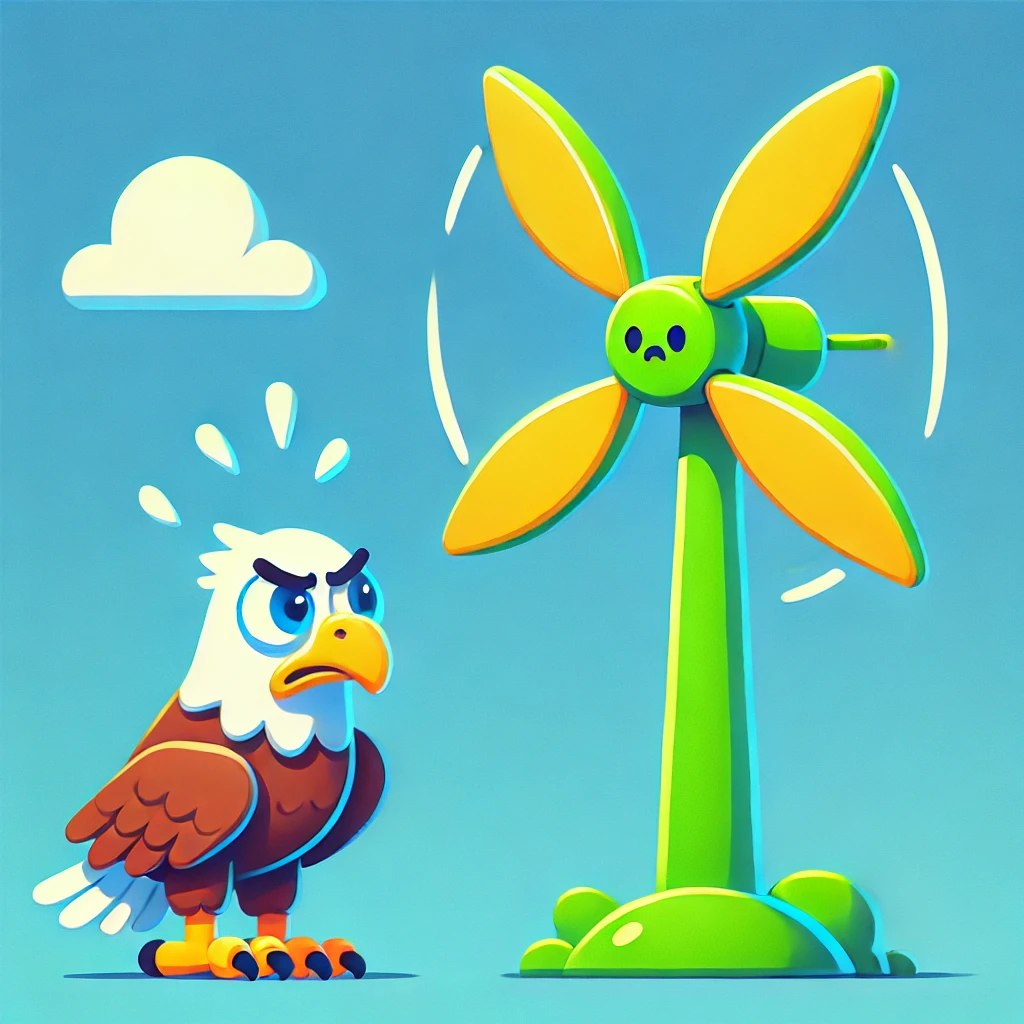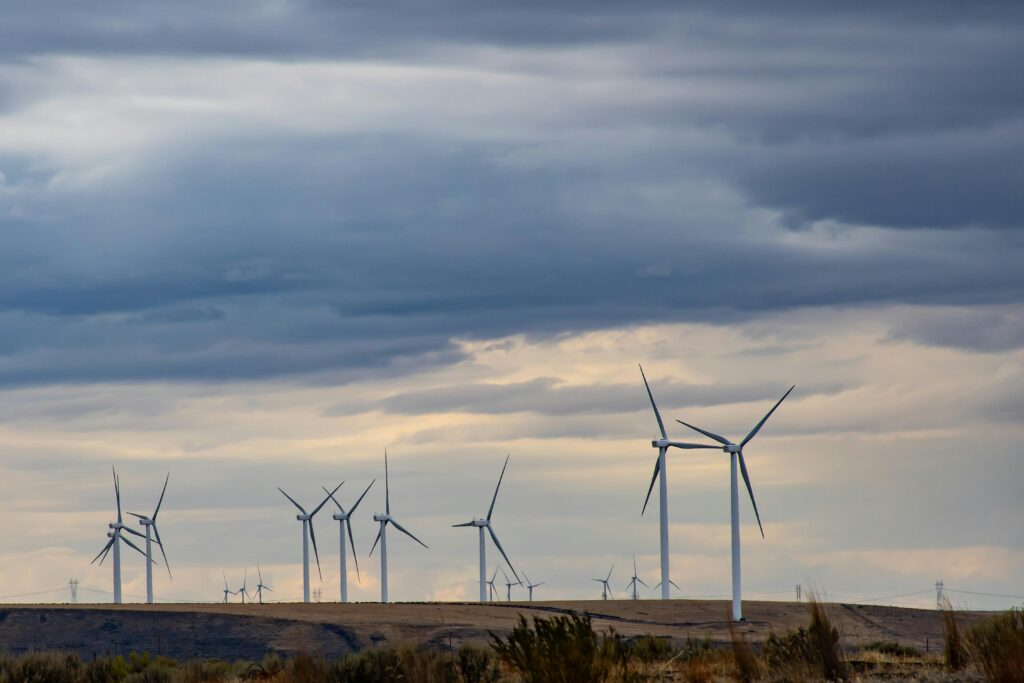Bob Brown, renowned for his environmental activism and former leader of the Australian Greens, has sparked controversy by opposing a wind farm project on Tasmania’s Robbins Island. This isn’t your typical opposition—Brown’s protest stems from a deep commitment to protecting endangered bird species like the orange-bellied parrot and the wedge-tailed eagle. Despite being a long-time supporter of renewable energy, he argues that the project would create more harm than good by disrupting wildlife and damaging natural scenery.
The wind farm, which aims to generate substantial renewable energy, presents a difficult contradiction for Brown. On one hand, it’s a step toward clean energy—a cause he’s championed throughout his career. On the other hand, it threatens Tasmania’s biodiversity, particularly the fragile habitats of endangered species.
Brown’s stance challenges the notion that any renewable energy project is inherently good. He points out that the location and execution of these projects matter as much as their green credentials. Critics, especially from conservative quarters, accuse him of hypocrisy, questioning how an environmentalist could oppose such a project. Yet, Brown insists that long-term environmental sustainability means carefully considering the local impacts, not just the global benefits

The Bigger Picture: Contradictions in Green Infrastructure Across Australia
Brown’s opposition to the Robbins Island wind farm opens the door to a broader and more contentious issue—how massive wind and solar infrastructures are impacting inland Australia. Across the country, sprawling solar farms and giant wind turbines are being built to power cities and industry, yet these developments are carving up natural landscapes, fragmenting ecosystems, and threatening wildlife habitats.
There is an inherent contradiction at play here. These projects are touted as essential to “saving the planet” by reducing carbon emissions, yet the very act of installing them often wreaks havoc on the environment they’re meant to protect. Consider the construction of extensive transmission lines that cut through previously untouched bushland, or the thousands of acres of habitat lost to make room for solar arrays. These issues raise questions about whether the push for renewables is truly as green as it seems.
Inland areas of Australia, particularly in regions with fragile ecosystems, are bearing the brunt of this development. Wind turbines are known to cause fatalities among birds and bats, including endangered species, while solar farms can significantly alter local water flow, soil conditions, and wildlife migration patterns.
The contradiction becomes even starker when we look at the impact on Indigenous lands and rural communities, who often face the loss of their cultural landscapes and agricultural land to make way for green energy infrastructure. While the environmental movement pushes for renewable energy to combat climate change, the question remains: are we doing enough to ensure that the transition to green energy doesn’t come at the expense of local ecosystems and communities?
As Bob Brown’s protest against the Robbins Island wind farm highlights, not every renewable energy project is free of environmental consequences. The challenge moving forward is how to balance the global need for clean energy with the protection of local environments. This debate exposes the uncomfortable contradiction in trying to “save the planet” while inadvertently damaging parts of it in the process. Stay tuned for a deeper exploration of these tensions in our upcoming article on how green infrastructure development is reshaping Australia’s inland environments.
